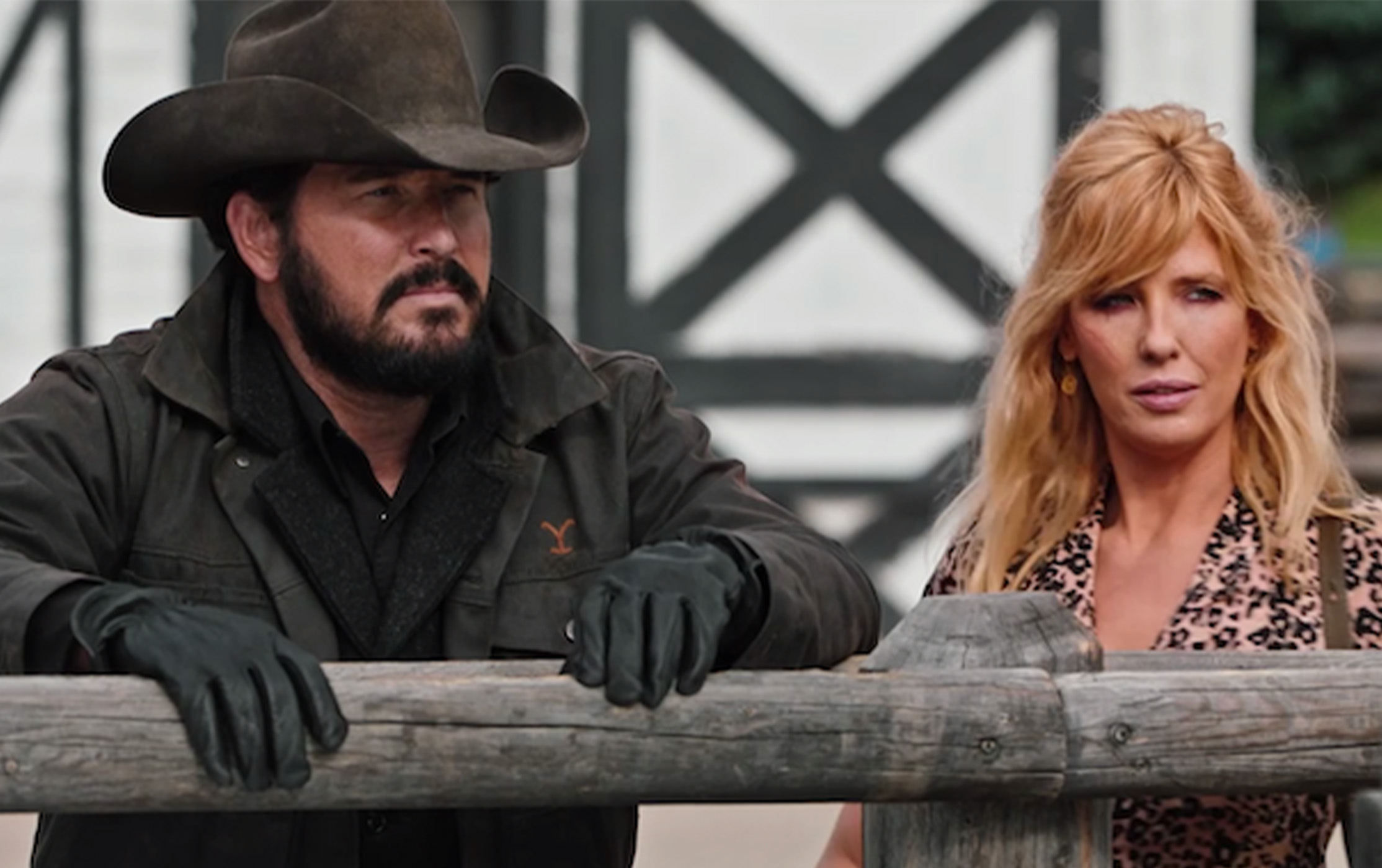The park's unique landscapes and ecosystems offer endless opportunities for exploration, making it a hotspot for discovery. Understanding the context of a "rip in Yellowstone" can deepen your appreciation for this iconic destination.
Yellowstone is not just a park; it's a living, breathing testament to Earth's dynamic processes. From its bubbling mud pots to its towering waterfalls, every corner of the park tells a story of resilience and transformation. A "rip in Yellowstone" could symbolize the park's ability to constantly evolve, shaped by forces both visible and hidden. Visitors often leave with a sense of awe, realizing that the park's beauty lies not only in its surface-level wonders but also in the mysteries that lie beneath. This article delves into the various interpretations of a "rip in Yellowstone" and uncovers the park's secrets that continue to fascinate scientists and tourists alike.
As you embark on this journey through Yellowstone's wonders, prepare to uncover the hidden meanings behind the phrase "rip in Yellowstone." Whether you're a seasoned traveler, a nature lover, or simply someone intrigued by the park's allure, this exploration will provide valuable insights into the park's geological, ecological, and cultural significance. By the end of this article, you'll have a deeper understanding of what makes Yellowstone truly unique and how its ever-changing landscapes reflect the resilience of nature itself.
Read also:Khamzat Chimaev Wife A Closer Look At The Woman Behind The Mma Star
Table of Contents
- What Does "Rip in Yellowstone" Mean?
- Is a "Rip in Yellowstone" a Geological Phenomenon?
- How Can You Experience Yellowstone's "Rip"?
- Why Should You Care About Yellowstone's "Rip"?
- Exploring Yellowstone's Geological Wonders
- Wildlife and the "Rip in Yellowstone"
- The Cultural Significance of Yellowstone's "Rip"
- Tips for Visiting Yellowstone
- Frequently Asked Questions About Yellowstone
- Conclusion: Unveiling the Mystery of Yellowstone's "Rip"
What Does "Rip in Yellowstone" Mean?
The phrase "rip in Yellowstone" can be interpreted in multiple ways, depending on the context. For some, it might refer to a literal geological event, such as a sudden shift in the Earth's crust or a dramatic change in the landscape. For others, it could symbolize the park's untamed beauty and the way it constantly challenges human understanding. Regardless of the interpretation, the term evokes a sense of wonder and curiosity about the park's hidden mysteries.
Is a "Rip in Yellowstone" a Geological Phenomenon?
Yellowstone is renowned for its geothermal activity, which is driven by the Yellowstone Caldera, one of the largest supervolcanoes in the world. Could a "rip in Yellowstone" refer to a geological event, such as a crack in the Earth's surface or a shift in tectonic plates? Scientists have long studied the park's dynamic geology, and while no catastrophic events have occurred recently, the potential for change is always present. Understanding the park's geology can help visitors appreciate the delicate balance that sustains its ecosystems.
How Can You Experience Yellowstone's "Rip"?
For those eager to witness the "rip in Yellowstone" firsthand, the park offers countless opportunities to immerse yourself in its natural wonders. From hiking along the Grand Canyon of the Yellowstone to marveling at the eruption of Old Faithful, every experience reveals a new facet of the park's character. Whether you're exploring its vast wilderness or observing its diverse wildlife, Yellowstone invites you to connect with nature in profound ways.
Exploring Yellowstone's Geological Wonders
Yellowstone's geology is a testament to the Earth's power and creativity. The park is home to over 10,000 geothermal features, including hot springs, mud pots, and geysers. These features are a result of the park's location atop a volcanic hotspot, which fuels its geothermal activity. Visitors can explore iconic sites such as Mammoth Hot Springs, Norris Geyser Basin, and the Grand Prismatic Spring to witness the park's geological wonders up close.
Wildlife and the "Rip in Yellowstone"
Yellowstone's diverse ecosystems support an incredible array of wildlife, from bison and elk to wolves and grizzly bears. The park's "rip" can also be seen in its ability to sustain such a rich variety of species. Observing these animals in their natural habitat is a reminder of the interconnectedness of all living things and the importance of preserving Yellowstone's delicate balance.
Why Should You Care About Yellowstone's "Rip"?
Yellowstone's "rip" is not just a curiosity; it's a symbol of the park's resilience and the challenges it faces. Climate change, human activity, and natural disasters all pose threats to the park's ecosystems. By understanding and appreciating the park's unique features, we can work together to protect this natural treasure for future generations.
Read also:Who Is John Young Shipka A Comprehensive Guide To His Life And Achievements
The Cultural Significance of Yellowstone's "Rip"
For centuries, Yellowstone has been a source of inspiration and reverence for indigenous peoples, explorers, and modern-day visitors. The park's "rip" can also be seen as a metaphor for the cultural shifts and transformations that have shaped its history. From the early days of exploration to its establishment as the world's first national park, Yellowstone continues to hold a special place in the hearts of those who experience its beauty.
Tips for Visiting Yellowstone
If you're planning a trip to Yellowstone, here are a few tips to make the most of your visit:
- Plan your itinerary in advance to ensure you see the park's highlights.
- Bring appropriate gear, including sturdy hiking shoes and weather-appropriate clothing.
- Respect the park's wildlife and maintain a safe distance at all times.
- Stay on designated trails to protect the park's fragile ecosystems.
Frequently Asked Questions About Yellowstone
What is the best time to visit Yellowstone?
The best time to visit Yellowstone depends on your interests. Summer offers the most accessibility, while winter provides a unique opportunity to experience the park's geothermal features surrounded by snow.
Are there any dangers to be aware of in Yellowstone?
While Yellowstone is generally safe, visitors should be cautious of wildlife, geothermal hazards, and unpredictable weather conditions. Always follow park guidelines to ensure a safe and enjoyable visit.
Conclusion: Unveiling the Mystery of Yellowstone's "Rip"
Yellowstone's "rip" is a multifaceted concept that reflects the park's geological, ecological, and cultural significance. Whether you interpret it as a literal phenomenon or a metaphor for nature's resilience, the park's wonders continue to inspire and captivate visitors from around the world. By exploring Yellowstone and understanding its complexities, we can deepen our connection to the natural world and work together to preserve its beauty for generations to come.

